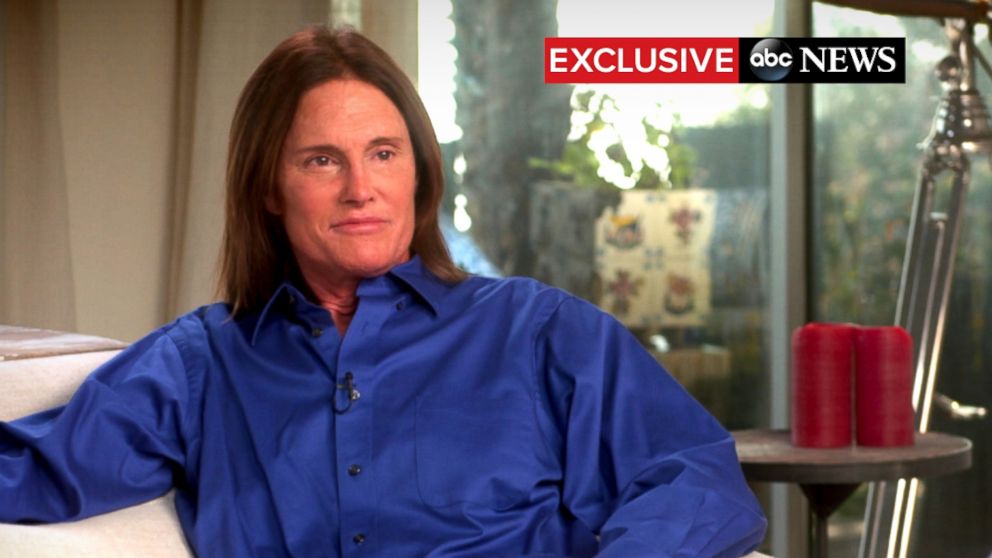On February 27 Warren Buffett released his annual letter to the shareholders of Berkshire Hathaway. It’s worth a read.
I’m highlighting it here in the context of wine PR to illustrate a key aspect of doing business today: what a difference an articulate and savvy leader can make. Maybe that’s the owner or proprietor, or the GM or President, or the winemaker. Someone who is dynamic, full of personality, full of opinions, interested in people, with a can-do attitude, good on her feet. This is the kind of person a journalist wants to spend time with and is eager to quote.
If I’m talking to a prospective client, I’m that much more interested and eager to jump on board if there’s a leader in their winery organization who fits this bill. Ideally this Mr. or Ms. Dynamo is also not afraid to have opinions.
Yet another important quality is this leader’s ability to think creatively and express him/herself with colorful language.
That said, let’s step into the world of Mr. Buffett. In his multi-page letter, here are some gems:
- Charlie and I frequently get approached about acquisitions that don’t come close to meeting our tests: We’ve found that if you advertise an interest in buying collies, a lot of people will call hoping to sell you their cocker spaniels. A line from a country song expresses our feeling about new ventures, turnarounds, or auction-like sales: “When the phone don’t ring, you’ll know it’s me.”
- My successor will need one other particular strength: the ability to fight off the ABCs of business decay, which are arrogance, bureaucracy and complacency. When these corporate cancers metastasize, even the strongest of companies can falter. The examples available to prove the point are legion, but to maintain friendships I will exhume only cases from the distant past.
Sense of humor, remember? If you didn’t already know, Berkshire Hathaway is a believer in the media. One of the events in their several day shareholder meeting is this:
At about 7:30 a.m. on Saturday, we will have our fourth International Newspaper Tossing Challenge. Our target again will be a Clayton Home porch, located precisely 35 feet from the throwing line. When I was a teenager – in my one brief flirtation with honest labor – I tossed about 500,000 papers. So I think I’m pretty good. Challenge me! Humiliate me! Knock me down a peg! I’ll buy a Dilly Bar for anyone who lands his or her throw closer to the doorstep than I do. The papers will run 36 to 42 pages, and you must fold them yourself (no rubber bands allowed). I’ll present a special prize to the 12-or-under contestant who makes the best toss.
Lastly, journalists can quickly suss out if your Mr. Dynamo is a ‘real’ guy who is also nice and who is a team player, appreciative of his colleagues. Here’s Mr. Buffett:
For good reason, I regularly extol the accomplishments of our operating managers. They are truly AllStars who run their businesses as if they were the only asset owned by their families. I believe the mindset of our managers also to be as shareholder-oriented as can be found in the universe of large publicly-owned companies. Most of our managers have no financial need to work. The joy of hitting business “home runs” means as much to them as their paycheck. Equally important, however, are the 24 men and women who work with me at our corporate office. This group efficiently deals with a multitude of SEC and other regulatory requirements, files a 24,100-page Federal income tax return and oversees the filing of 3,400 state tax returns, responds to countless shareholder and media inquiries, gets out the annual report, prepares for the country’s largest annual meeting, coordinates the Board’s activities – and the list goes on and on. They handle all of these business tasks cheerfully and with unbelievable efficiency, making my life easy and pleasant. Their efforts go beyond activities strictly related to Berkshire: Last year they dealt with the 40 universities (selected from 200 applicants) who sent students to Omaha for a Q&A day with me. They also handle all kinds of requests that I receive, arrange my travel, and even get me hamburgers and french fries (smothered in Heinz ketchup, of course) for lunch. No CEO has it better; I truly do feel like tap dancing to work every day. Last year, for the annual report, we dropped our 48-year-old “no pictures” policy – who says I’m not flexible? – and ran a photo of our remarkable home-office crew that was taken at our Christmas lunch. I didn’t warn the gang of the public exposure they were to receive, so they didn’t have on their Sunday best. This year was a different story: On the facing page you will see what our group looks like when they think someone will be noticing. However they dress, their performance is mind-boggling. Come meet them on May 2nd and enjoy our Woodstock for Capitalists.
Who are the Warren Buffetts of the wine world today……?


